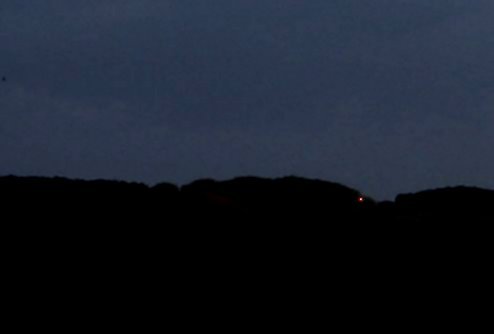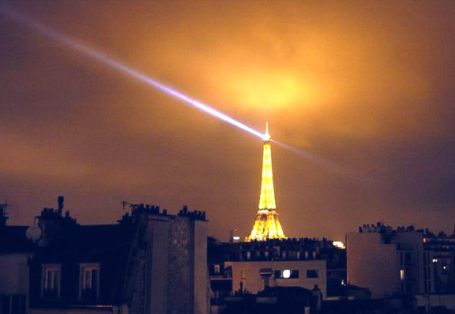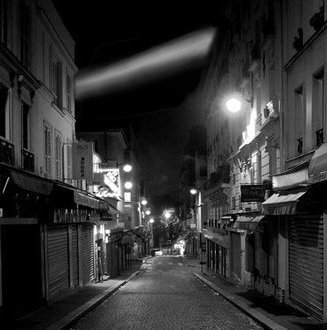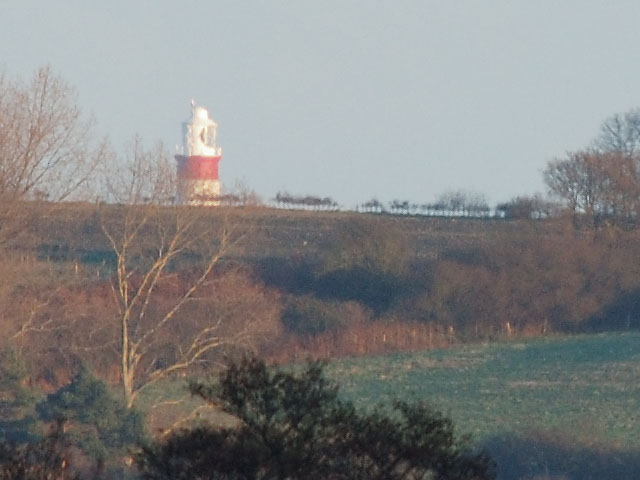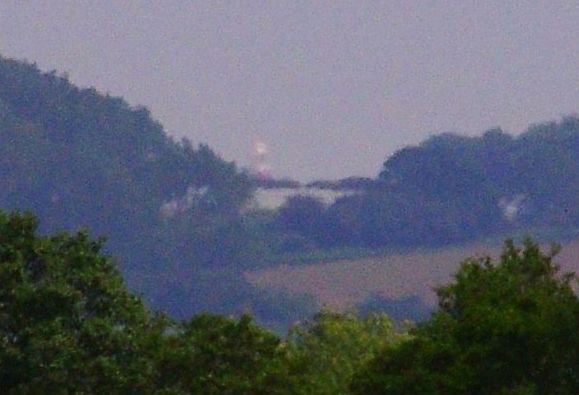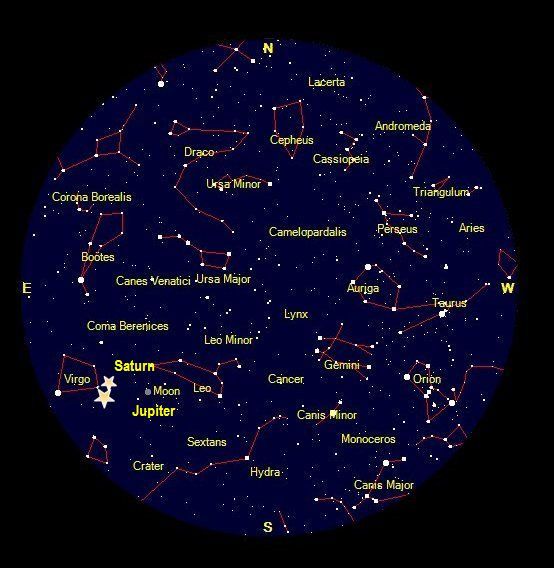Rendlesham Forest revisited
A review of the UK's most credible UFO landing
As any student of the UFO phenomenon will be aware, the events of Christmas 1980 that took place in the coniferous plantations opposite the eastern perimeter of the Woodbridge USAF airbase remain the subject of debate and controversy. On one hand we have the accounts of experienced and disciplined military personnel up to the rank of Lt. Col., on the other the counter-claims of sceptics such as Ian Ridpath.
I first visited Rendlesham
and Tunstall Forests back in the late seventies: even before the events
of Christmas 1980, the area was a beautiful and haunting place. Accompanied
by a small group of long-time researchers, I decided to return to the
forest a number of times during the 30th anniversary of the incident to
re-examine the contentions of both sets of protagonists. The results were,
against all expectations, astonishing!
The map shows our route through the forest in August 2010: we were keen
to see whether the infamous lighthouse at Orford Ness (claimed by most
sceptics to be the source of many of the light effects) could still be
seen from key points in the accounts.
1) The East Gate from where the original sightings were made
2) The region where a grounded object was observed closely by Jim Penniston
and John Burroughs
3) Location of Adrian Bustinza's sighting
4) The Charles Halt landing site
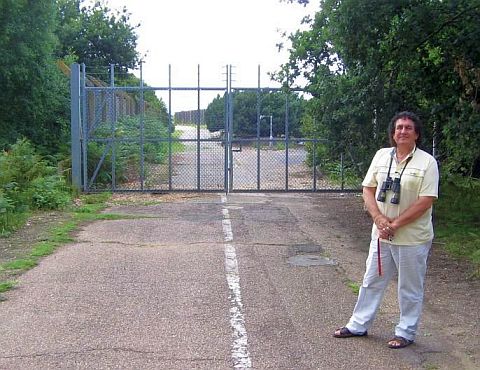 |
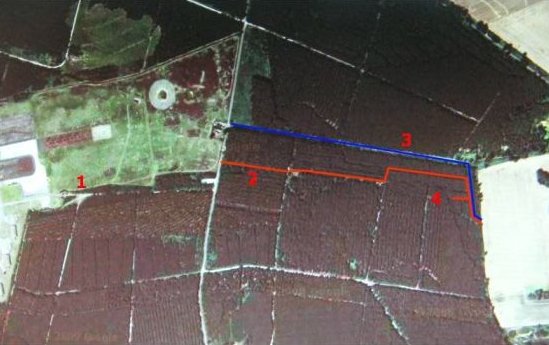 |
In fact, the lighthouse cannot be seen at all from any of these parts of the forest, and neither, at night, can its beam! The reason given by Ian Ridpath for this is that the 'new' lamp is only 13% as bright as the original: in fact, this is not the case. In 1980, the lamp had an output of 750,000 candellas: the current one has a luminosity of 635,000 candellas, but an identical range of 25 miles.
(See this site for confirmation: http://www.orfordpiece.com/html/orfordness_lighthouse.html )
Another relevant fact: the eastern horizon as seen looking across the Capel Green is, to some extent, now obscured by the growth of trees, but the Orfordness Light was, at the time, still visible as a star-like point of light with a five second repeat.
